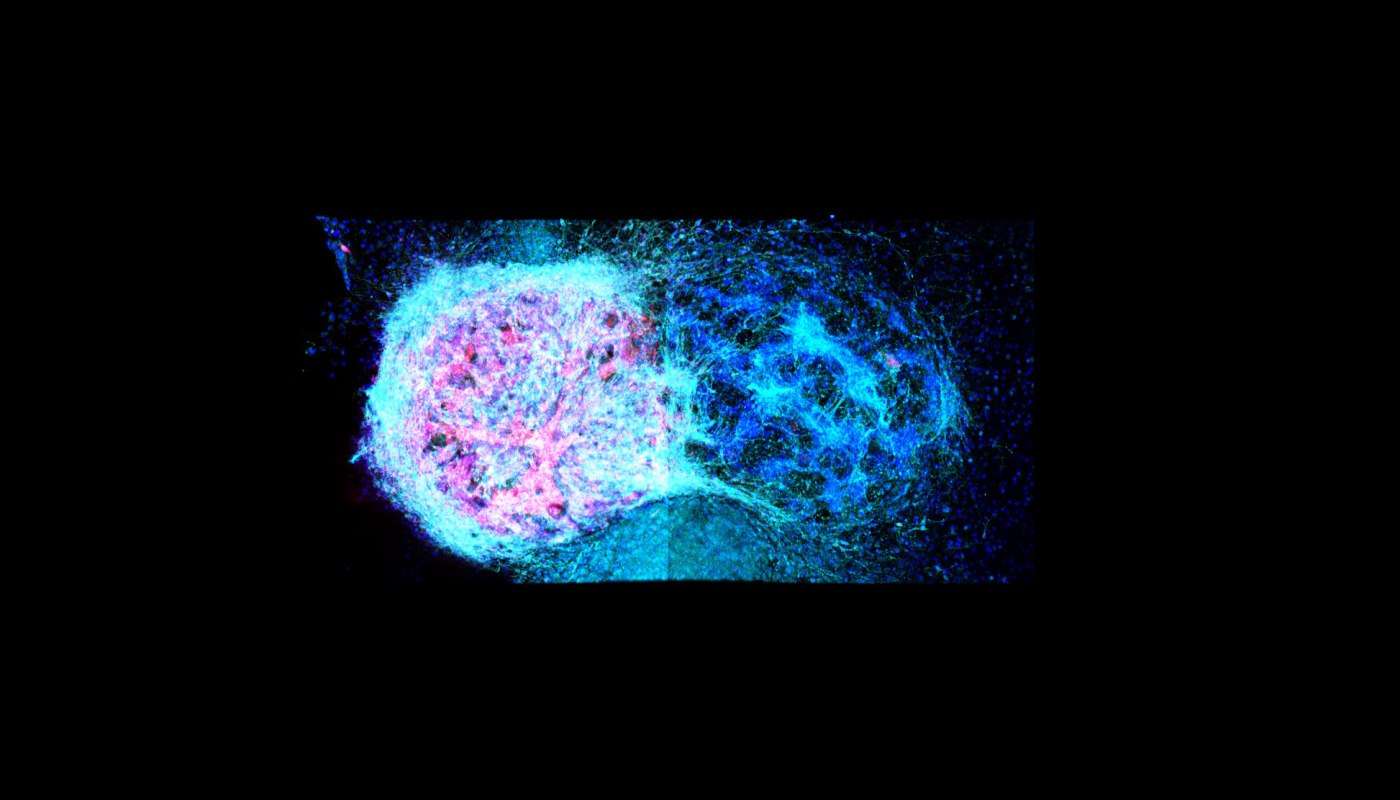Northern Lights Activity Is Sky-High and Space Conditions Could Lead to Greatest Displays in 20 Years
Already this year the Earth's aurora has been seen in states like Wisconsin and Minnesota—far south of its normal showgrounds.

An exciting advance from Oxford Univ. has raised the prospect of tailoring stem cells quickly to treat brain injuries in humans in the future, by essentially 3D printing brain cells.
In experiments, the implanted cells integrated into the animals' brains both structurally and functionally.
The innovative study, published in the journal Nature Communications, marks the first time neural cells have been 3D printed to mimic the architecture of the cerebral cortex.
The success of the study, part of a 10-year span of published research on 3D printing cultured cells and synthetic tissues, has increased hopes that similar technology could one day be used to treat brain injuries.
Each year, around 70 million people across the globe suffer from traumatic brain injuries (TBI), with five million of those being severe or fatal. There is no effective or reliable treatment.
However, cutting-edge tissue regenerative therapies are seen as a promising route to treatment; especially those which incorporate implants derived from patients' own stem cells.
In this latest study, researchers used 3D printing techniques to create a two-layered brain tissue using human neural stem cells. When implanted into the brains of mice, these cells encouragingly showed convincing structural and functional integration with the host tissue, despite the species difference.
The cells were then dipped in a solution to generate two ‘bioinks', which were then printed to produce a two-layered structure that was maintained for weeks.
The researchers used modern human pluripotent stem cells, which are created by activating genes that cause a reset into the tissue of a skin sample to a base state that can then be reprogrammed into most tissue types.
"The work will provide a unique opportunity to explore the workings of the human cortex and, in the long term, it will offer hope to individuals who sustain brain injuries," said Dr. Yongcheng Jin, a lead author of the study from the University of Oxford's Department of Chemistry
The implanted cells also showed signalling activity which correlated to that of the host cells—indicating that the human and mouse cells were communicating with each other and demonstrating functional as well as structural integration in the brain.
"Our droplet printing technique provides a means to engineer living 3D tissues with desired architectures, which brings us closer to the creation of personalized implantation treatments for brain injury," senior author Dr. Linna Zhou, told Oxford press.
Professor Zoltán Molnár, another senior author, said though the technology was not fully advanced yet, the study shows significant promise in treating brain injuries in the future.
"Human brain development is a delicate and elaborate process with a complex choreography," said Professor Zoltán Molnár, another senior author. "It would be naïve to think that we can recreate the entire cellular progression in the laboratory."
"Nonetheless, our 3D printing project demonstrates substantial progress in controlling the fates and arrangements of human [stem cells] to form the basic functional units of the cerebral cortex."
PRINT This Story Onto Your Friends' News Feeds…
Be the first to comment